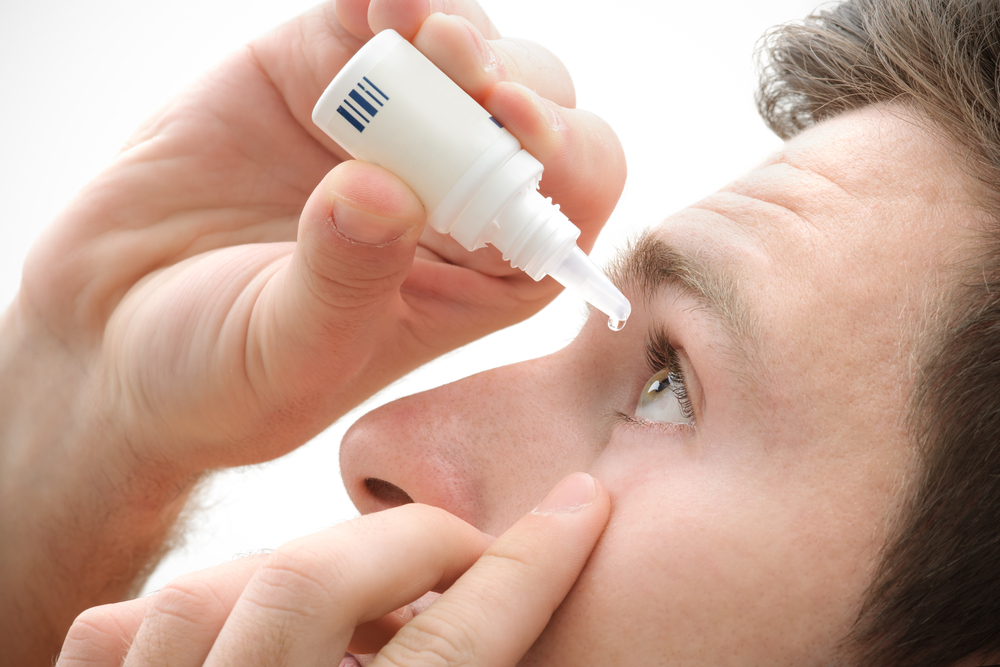LASIK and Dry Eye Syndrome: What You Need to Knowin Boston, MA


If you have been reading up about LASIK surgery, you may have noticed commonly listed under “LASIK side effects” that eye dryness is almost always included. It’s true! After LASIK, most people will experience dry eyes, but it’s nothing to worry about. Here’s what you should know about why dry eye occurs after LASIK and what you can do to reduce its effects.
What Happens During LASIK Surgery?
During LASIK, your surgeon will create a thin, hinged flap on the surface of the eye. This can be done using either a blade called a microkeratome, or a laser called a femtosecond laser. This is a necessary part of LASIK, and allows your surgeon to gain access to the inner layers of the cornea. The epithelium (the outermost layer of the cornea) is self-healing, and new epithelial cells will grow to heal the eye. This is why no stitches are required after LASIK.
During this process, little to no damage is done to corneal tissue and surrounding structures. However, when the flap is being created, it is possible that some nerve endings could be cut. When this happens, the area around the incision becomes less sensitive. Because the cornea is less sensitive, it cannot sense the need for lubrication as well and your body will produce fewer tears.
Typically, LASIK will not be performed on patients who already have dry eye or are at increased risk of developing it. You are more at risk for post-LASIK dry eye if you are older, have an autoimmune disease, or take certain medications. Other refractive procedures can be performed instead. For the average LASIK candidate, dryness typically subsides.
How Common Is Post-LASIK Dry Eye?
Very common! It is the most obvious side effect after LASIK surgery. You should not feel any pain after your procedure, but dryness can be uncomfortable. When you get home after LASIK surgery, we recommend you take a nap to sleep off the mild sedative and sleep through the worst of the dry eye. When you wake up, be sure to use lots of lubricating drops along with the medicated drops prescribed by your doctor.
How Long Should Post-LASIK Dry Eye Last?
Post-LASIK dry eye is different for everyone. For some people, symptoms subside within a few weeks. For some, it could take months. For the vast majority of patients, symptoms will go away on their own. Keep using your lubricating eye drops as needed. If you notice that your symptoms are not well managed with over-the-counter drops, that is when you should consult your LASIK surgeon.
Reducing Dry Eye Symptoms After LASIK
Of course, using lubricating eye drops as often as you need is the best way to manage symptoms as your eye heals. If you find that over-the-counter eye drops are not working well enough, your doctor may prescribe eye drops such as Restasis. These drops reduce inflammation and help your body produce more of its own tears. Dietary supplements such as flax oil or fish oil can help your eyes lubricate themselves. Consult your doctor before trying a dietary supplement regimen.
Here at Nielsen Eye Center, we use the Intralase femtosecond laser, which has been shown to reduce LASIK-induced dry eye syndrome. The Intralase laser makes incisions extremely fast, which means there is less chance for nerve endings to become damaged.
LASIK is an extremely popular procedure that millions of patients have undergone successfully. Post-LASIK dry eye is nothing to worry about, but be sure to contact your doctor if you notice anything that concerns you. Here at Nielsen Eye Center, we are dedicated to keeping our patients educated and welcome any questions about what to expect after LASIK. If you are seeking a Boston LASIK consultation, consider visiting our nearby office in Quincy, MA!



